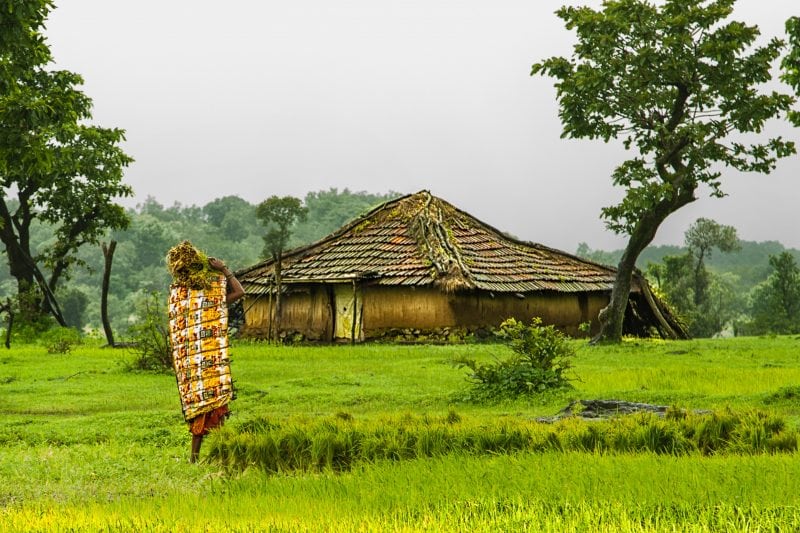
Electricity is a critical input to a country’s economic development. A plethora of studies have successfully demonstrated a direct relationship between electricity consumption and GDP growth. Commonly, the benefits of electricity are measured in relation to either its economic outputs or the appliances it can run. I appreciate these kinds of quantifiable measurements, but we must agree that they tell us little about how electricity helps people live a life they have a reason to value. In this piece, I will summarise the findings of a study that was carried out in rural India in early 2017.
This study was designed based on a qualitative approach of inquiry. I employed in-depth interviews for data collection in two villages of the Chittoor district in the state of Andhra Pradesh. The villages were electrified in 2004. I found that electricity is contributing to improving people’s quality of life in at least four different ways, which I describe below.
First, lighting is probably the most basic form of electricity usage, but in the study villages, it has enabled families to save their livestock, which is an important livelihood asset for them. The villages are located in the close proximity of forests, and hence, the villagers frequently experienced wild animals lifting their livestock before the electricity connection. Now, with lights in the livestock sheds, families are in a better position to watch their domestic animals after sunset. Furthermore, street lights in the villages have increased women’s mobility after dark, which was constrained before they had electricity.
Second, electricity has increased options for recreation. Many people have a TV in their house, and watching it has been identified as an important recreational activity after work. Life in villages can demand a lot of physical work, such as farming and livestock grazing. According to the participants of the study, TV fulfills their daily entertainment requirement.
Third, the use of electricity is helping farmers to adapt to a changing climate. The villagers are facing erratic rainfall, which is decreasing their agriculture output as a consequence. Some families have recently installed electric water pumps to extract groundwater for irrigation. These families are not only able to increase their agricultural productivity, but also the quantity. For example, they are cultivating tomatoes throughout the year (after electricity) as opposed to once a year (before electricity).
Fourth, some families are using electricity to cook their food instead of wood. According to the World Health Organization, cooking with biomass, including wood, is attributed to around four million deaths globally. Negative effects of wood as a cooking fuel were also noted by the study participants. Electricity, therefore, is providing an opportunity to improve health in the villages.
Importantly, this study highlights a clear distinction between means and ends. Electricity is not an end but a means to improve people’s lives. It is clearly evident that how electricity has contributed to uplift lives of people living in the rural setting. Lighting may seem a basic thing for most of us who take electricity for granted, but it is an important means for the villagers to feel secure.
Electricity is helping to open avenues to fight changing rainfall patterns, making low-income families resilient to climate adversaries. Dying prematurely is a serious threat to humanity and an evidence of major policy failure of a country. Access to electricity has enabled families to tackle household air pollution and its impact on human health. All these benefits are intrinsic in nature, and they are hard to measure in economic terms. Therefore, I reemphasize that the evaluation of electrification is inadequate or even may be misleading if we only measure its benefits from an economic lens or from a consumption angle.
India has made significant progress in extending electricity in the past few decades. But there are still 239 million people who lack access to electricity. The country aims to provide power to all by 2019 and 24×7 electricity by 2022. Does the country’s responsibility end when it electrifies every household? I say it does not. As I have made it clear that electricity is not an end but a means to an end. The success of a country’s electrification should not be measured based on how many households it has electrified or how much electricity the country has consumed or what economic value electricity has added. The success relies on how many families have improved the quality of life, and it should be measured accordingly.
These findings are described in the article entitled Evaluating the role of rural electrification in expanding people’s capabilities in India, recently published in the journal Energy Policy. This work was conducted by Yuwan Malakar from the University of Queensland. Yuwan is affiliated with the Centre for Communication and Social Change, Energy and Poverty Research Group, and Centre for Policy Futures at The University of Queensland.








